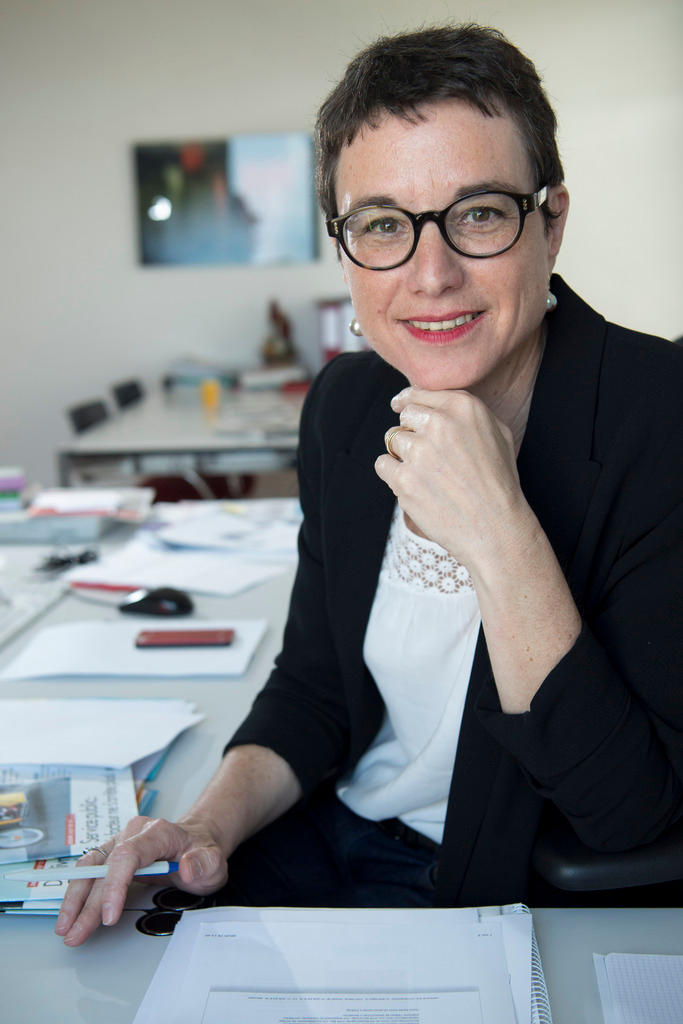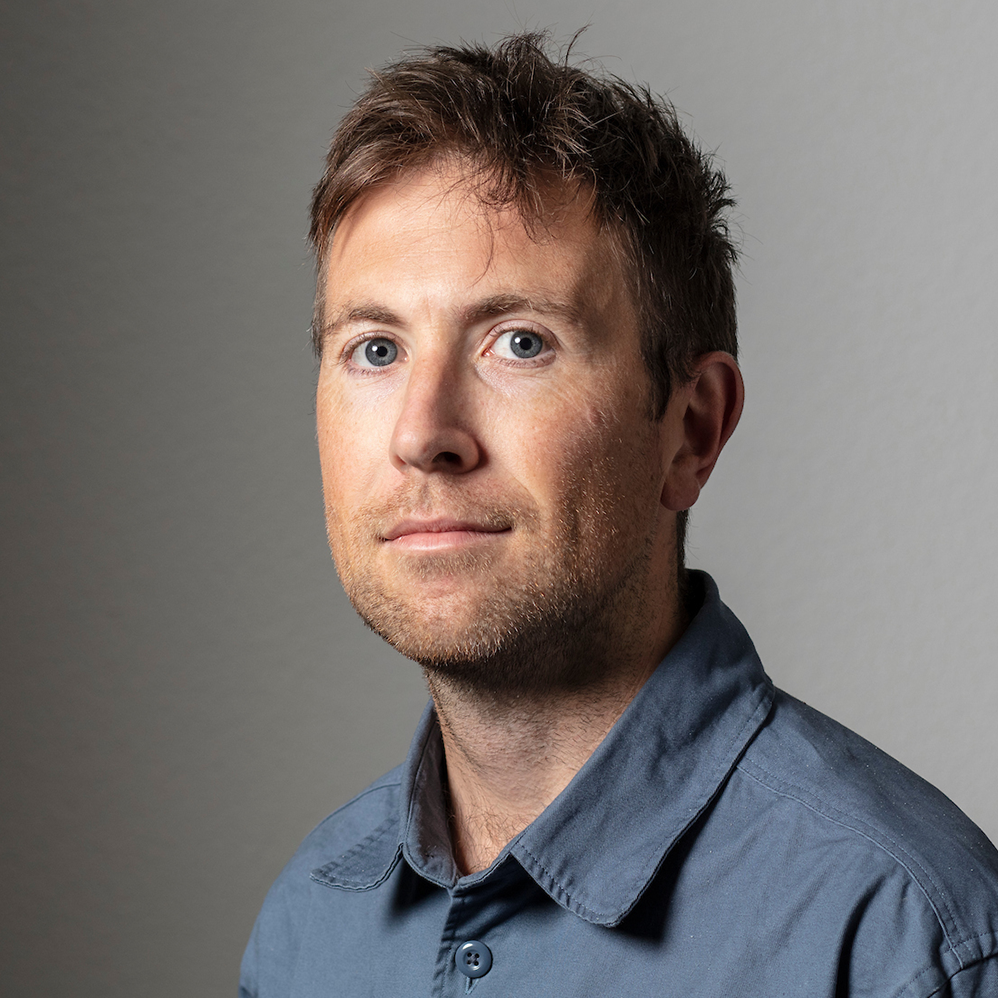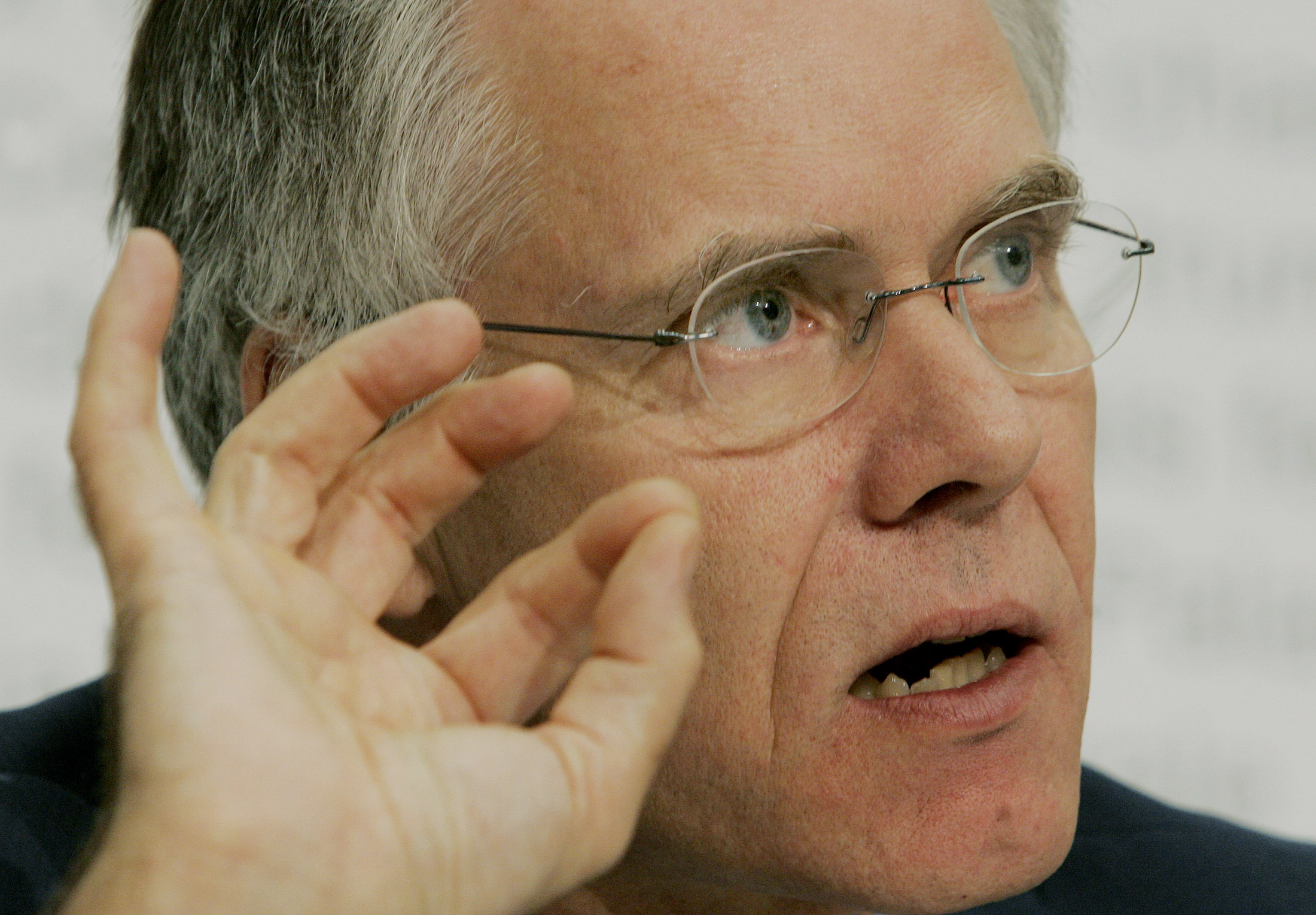New publication aims to be ‘good for the head’

As media habits shift in Switzerland, new projects are emerging to complement traditional publications. One of them launched last week.
Zeynep Ersan Berdoz is full of energy. When swissinfo.ch meets the president of new online publication Bon pour la têteExternal link in Lausanne, in May, the project is in full construction phase: she is dividing her time between meeting journalists, designing the site, soliciting articles from freelancers, and presumably taking care of her other (primary) job as editor-in-chief of a consumer magazine.
This week, the efforts of her and her team – 40 people, mainly volunteers and freelancers – were vindicated when the site went live just a few months after initial plans were conceived. Following a successful crowdfunding campaign in May, which raised over CHF200,000 ($205,680), the site has been online since Wednesday: free to consult for one week, after which a paywall will descend.
Of course, work is only beginning: building a new media source in such turbulent times is a constant experiment, both on the economic and the content front, as Berdoz admits. And CHF200,000 is not a lot of money, especially in a country like Switzerland. It is rather a kickstarter: “we will need perhaps 3,000 to 5,000 subscribers [paying CHF8 per month] by the end of the year to function well,” she says.
This is even more pressing as the project, aimed at the French-language region of Switzerland (with a population of less than two million) and surrounding areas of France, has opted to eschew any recourse to advertising. Berdoz says that this was a clear choice: “online advertising doesn’t work so well right now, so the idea was to be completely independent.”
She seems quietly confident of success. Though the market is limited, the site can bring “added-value” in the form of deeper reflection on current affairs, international press reviews, and a strong focus on culture. “The role of the journalist is to enlarge, to take people out of the echo chamber, to seek the different ways of perceiving a subject”, she says. This is for “people who want to stop for a moment and think.”
A changing market
Whether it works or not, and for how long, remains to be seen. But the decision to launch such a niche and experimental media source that prides itself on quality journalism is one which may be becoming more popular, both in Switzerland and around the world.

Just several weeks before the crowd-funding effort of Bon pour la tête, a similar and much larger project was attracting attention in German-speaking Zurich. There, RepublikExternal link, an independent publication with the bold mission statement of “without journalism, no democracy!” raised CHF3.4 million ($3.5 million), wildly exceeding the expectations of its founders.
And, just as Bon pour la tête sprang from the sudden closure this spring of long-running weekly Hebdo (many of the journalists are the same), Republik is the fruit of a simmering dissatisfaction with the Swiss media landscape.
In an interview recently with the Columbia Journalism ReviewExternal link one of the founders, Christof Moser, slammed the the free 20 minutes newspaper as “systematically anti-journalism.” “You use one source, you have no ethical standards,” he said. Their goal is to bring back quality: long-form journalism worth paying for.
And yet, 20 minutes, widely available and especially popular among public transport commuters, is the most read newspaper in the country. Its success, based on an effective model of advertising and eyeballs, has contrasted with the difficulties of many other “traditional” publications which are struggling to adapt to the digital age.
Faced with these shifts, and with the strong concentration of media power in the hands of two large companies (Ringier and Tamedia), there has been a fair amount of soul-searching about the role of the media. From debates about state interventionExternal link to shore up ailing publications to calls for more rigorous formsExternal link of reporting and fears of fake news, the story has mirrored that of many other countries.
Good for the head?
But for Berdoz, this is simply the backdrop to a new opportunity. Unlike the much bigger Republik – aiming for 22,000 subscribers and a shake-up of the media status quo – Bon pour la tête is more modest about its ambitions. “They come with a lot of criticisms about other media; we are more complementary,” she says. A healthy media ecosystem “needs a bit of everything; we are not direct competitors with anyone.”
She also refuses to come down with any judgement about “good” or “bad” information, despite the somewhat high-brow connotations of a site which literally translates as “good for the head”. Articles appearing during this opening week cover topics from Proust to Baudelaire to the “dumbing-down” of French TV talk shows. For Berdoz, however, “there are simply different types of information – it is for the reader to choose.”
Indeed, the reader, not some high-minded editorial direction, she promises, will be at the centre of the Bon pour la tête experience. Subscribers will suggest topics and may even have the chance to contribute curated opinion pieces in a section called “à vif”. “Readers are editors,” the site proclaimed.
Wouldn’t this lead to the same problems of filter-bubbles – people becoming overly comfortable in a like-minded community of ideas – that good media is supposed to pierce through? No, she says. “We will listen carefully to our readers, to what they want, but without becoming populist.”
Convincing to pay
So the main goal for now is to attract the base readership on which the site can fund itself. Not an easy task: according to the 2016 Reuters Digital NewsExternal link report, just 10 percent of people in Switzerland reported paying for online news in the past year: this is about average in Europe (the highest, in Norway, is 27 percent) but still a small amount of the population.
But Berdoz is counting on the shift towards smaller, loyalty-based publications which can find a niche market and keep it. “We can feel a change, at the global level also, between the big publications on one side, about profit, and on the other, the smaller ones which try to launch themselves around another message.”

In compliance with the JTI standards
More: SWI swissinfo.ch certified by the Journalism Trust Initiative





You can find an overview of ongoing debates with our journalists here . Please join us!
If you want to start a conversation about a topic raised in this article or want to report factual errors, email us at english@swissinfo.ch.